Dominique Browning spoke with Sebasti?o Salgado, the legendary documentary photographer and author, about the inspiration for his forthcoming book??Genesis.? ?The New York Times Sunday Review
 Sebasti?o Salgado/Amazonas – Contact Press Images from “Genesis” (Taschen, 2013) Bats on tamarind trees in the Berenty Reserve in Madagascar, 2010.
Sebasti?o Salgado/Amazonas – Contact Press Images from “Genesis” (Taschen, 2013) Bats on tamarind trees in the Berenty Reserve in Madagascar, 2010.
These beautiful photographs are so different from your previous work. Tell me about that.
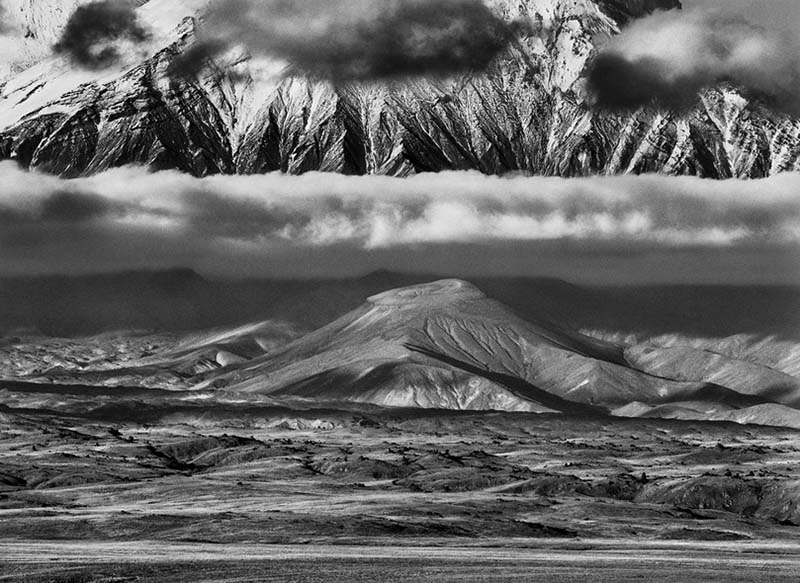
They are different, but in the end, they come around to the same place. They have the same message. We are living in a very special moment, when the effect of everything we are doing to our world is accelerating. If we do not pay attention now, we will be facing catastrophe. A big red light should be blinking in all our brains.
What was your state of mind when you began this project?
I worked on my last book, ?Migrations,? for many years. What I saw was a human disaster unfolding in front of me. I was very close to so many deaths. It was a very sad, very violent time.
And I felt all of it in my body, in my mind. I was becoming quite ill.
At the same time my parents were also becoming very old. They asked me to return to our farm in Brazil. This is where I was born, and where I grew up ? in a paradise. We grew beautiful food, we swam in the rivers, we watched amazing animals, we rode horses; the forests that covered our land were healthy and gorgeous.
When I returned, I was shocked by what I saw. It was not the same place. Not just my farm, the entire region. More than 70 percent of our region was covered by the forest when I was growing up; by the time I returned, it was a fraction of its size. Our farm was in an even worse condition. We lost so much.
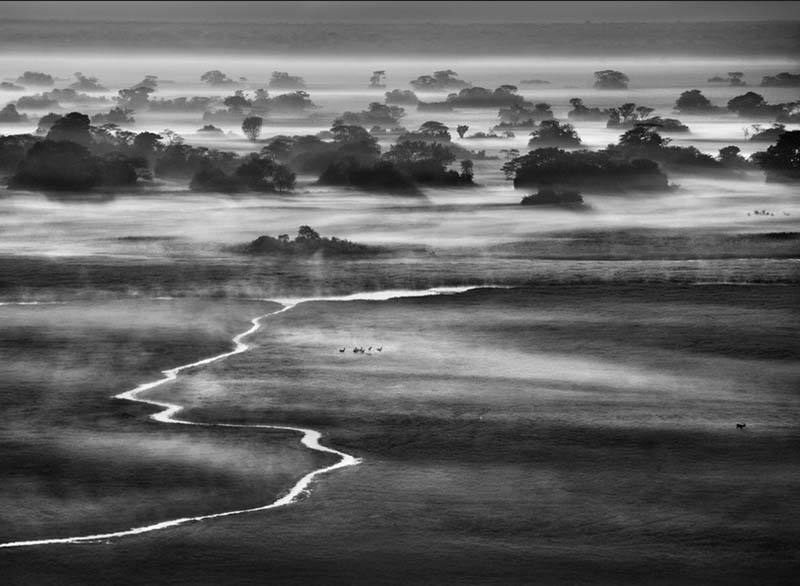
Your country is the same. Look at the incredible forests you have in Colorado, in the West. It is disappearing. Look at what you are losing. We are destroying our planet.
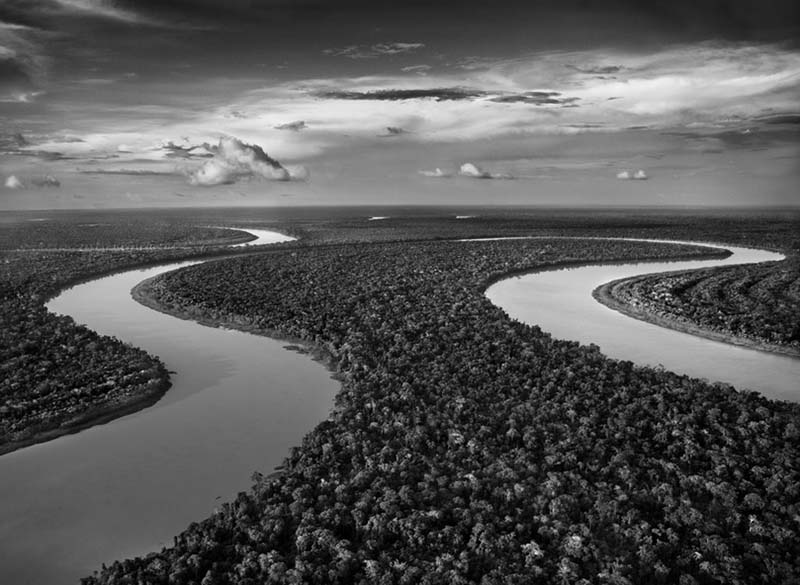
My wife, Lelia Deluiz Wanick, and I have been together for more than 40 years. She is a designer. We do everything in our lives together. Everything. We work together. She is my partner in every sense.
Lelia said to me, Why don?t we return to Brazil, and plant the rain forest again? It was a brilliant idea.
So you became an Adam and Eve?
We did! And if we can, so many others can do the same.
We are restoring our forests. We raised money from foundations, from the government, and we have planted two million trees to date, with 170 different species of trees. We turned our land into a nature preserve, and created an educational center for the environment, Instituto Terra.
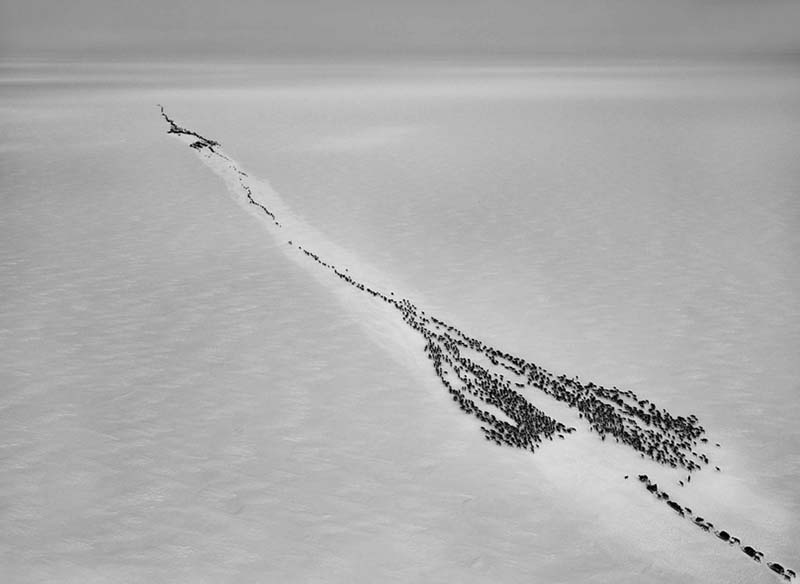
And this is what made me begin this ?Genesis? project.
I wanted to photograph the beauty of things born again.
Did you have a goal in mind?
I wanted to show people what we are losing. Our very existence on this planet is in danger.
I wanted to sample many different parts of the world; I went to every different region. I convinced several foundations to participate. I knew it was going to be a long-term commitment. It would take me eight years.
The journey ended up leading me to surprising places.
And was this journey healing for you?
You cannot imagine how this project restored my soul.
When I look back and think what we have done in Brazil, in the last eight years: my wife and I, alone, are producing a forest. We are sequestrating so much carbon with the trees we are planting. If we can do this, just two people, imagine what we all can do together. Imagine what governments can do if they decide it is important.
We can restore the biodiversity we are losing. Now, in Brazil, we are working on a project to restore the headwaters of the Rio Doce.
I believe that all together we are coming to another ideal for our planet. We are waking up.
A big hope began to grow inside me. And I think hope is also growing in the world.
You are living your own Genesis of sorts!
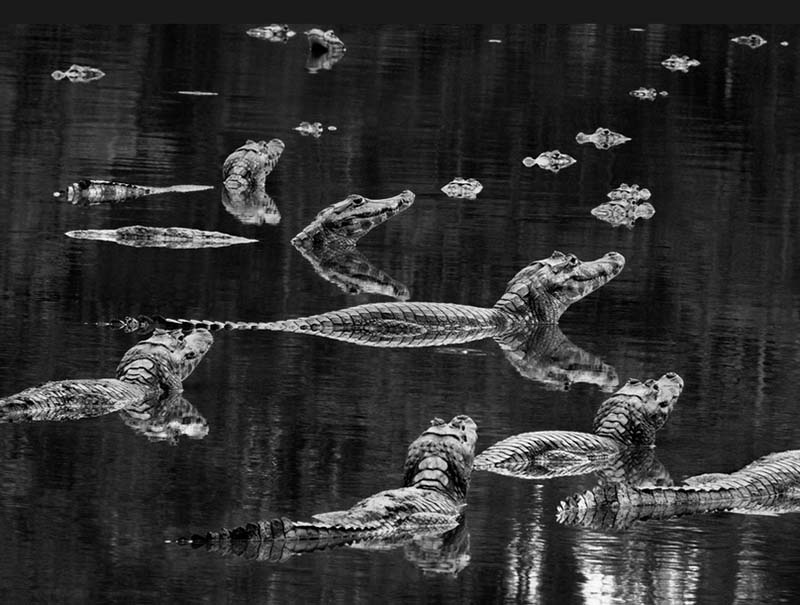
Yes. I am living in Genesis. All of us, we are part of a movement now. We do many things to our planet because we have no information about the problems we cause. We have to make people aware of the damage. Then they will change.
I believe we are living in a bright moment.
How will people be able to see your new work?
There will be a new book. And we have four major museum shows, in London, Toronto, Rome and Rio de Janeiro. But nothing in the United States. I cannot believe the bureaucracy of the museums there. I have had big museum shows, that?s not the problem. They told us they were interested, but for shows in 2017, 2018!
Does your book point a way forward for humankind?
I have no agenda to go back to the way of living that I show. I don?t like the word ?primitive.? What I show is old. We are used to a kind of comfort now, and we are not going to lose that.
But we must become conscious. We must begin to heal our world.
With this project, I fell in love with my planet. This work is not about landscapes. It is about love.
Sebasti?o Salgado?wrote the introduction for the book “My journey as a witness”?by Shahidul Alam.





Leave a Reply
You must be logged in to post a comment.